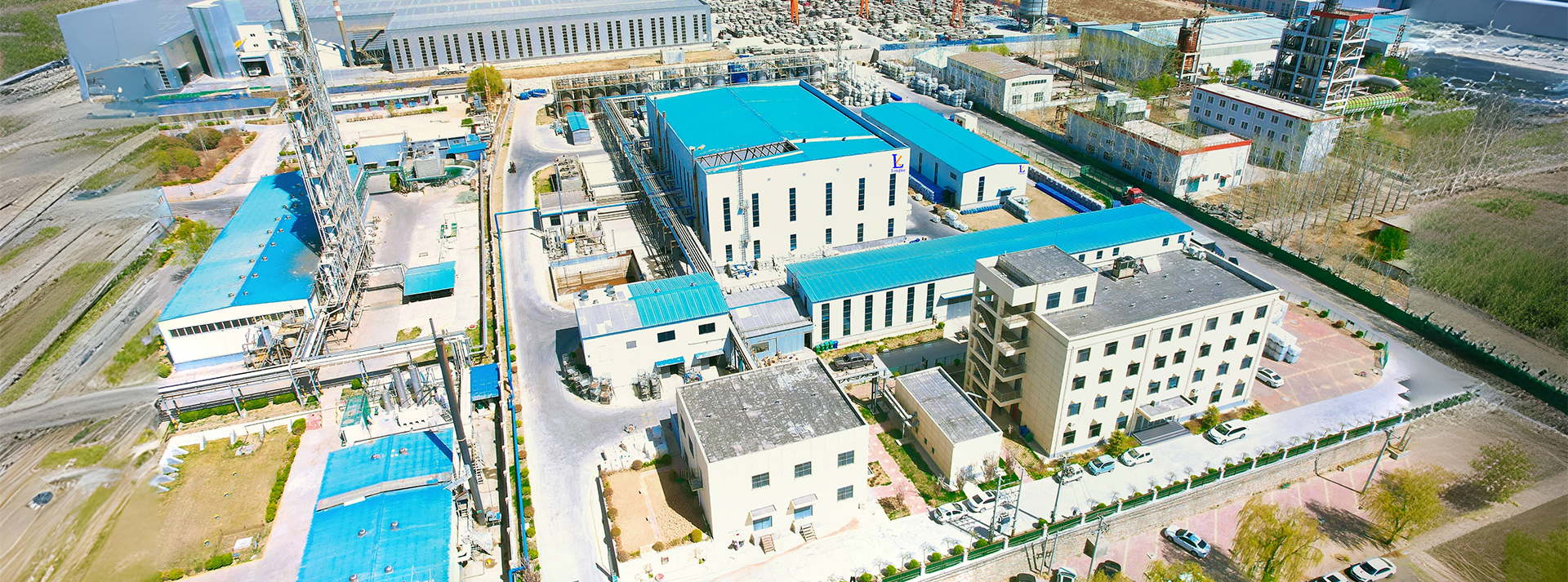Structural Characteristics and Applications of Polyaspartic Acid in Advanced Material Science
The Structure and Significance of Polyaspartic Acid
Polyaspartic acid is a unique and intriguing biopolymer that belongs to the family of amino acid-derived polymers. As a derivative of aspartic acid, which is a naturally occurring amino acid, polyaspartic acid has garnered considerable attention in various fields, including biochemistry, biomedicine, and materials science. The structural properties of polyaspartic acid play a significant role in its functionality and applications.
Structural Characteristics
Polyaspartic acid is characterized by its repeating units of aspartic acid, which is a four-carbon amino acid with both an amine and a carboxylic acid functional group. The polymerization of aspartic acid results in a long chain of amide linkages that form the backbone of polyaspartic acid. The polymer can exist in various forms, including a combination of linear and branched structures, depending on the method of synthesis.
One of the notable structural features of polyaspartic acid is its high degree of flexibility due to the presence of the carboxyl groups in the polymer chain. These carboxyl groups can participate in hydrogen bonding and ionic interactions, which not only stabilize the polymer structure but also contribute to its solubility in water. This unique solubility profile is particularly important, as it allows polyaspartic acid to be utilized in aqueous environments, making it suitable for various applications in drug delivery, environmental remediation, and agriculture.
Biocompatibility and Biodegradability
Another significant aspect of polyaspartic acid is its biocompatibility and biodegradability. Being derived from a natural amino acid, polyaspartic acid exhibits a low toxicity profile, which is essential for many biomedical applications. The ability of polyaspartic acid to degrade naturally in biological systems makes it an attractive candidate for drug delivery systems. It can encapsulate drugs and release them in a controlled manner in response to physiological conditions, thereby enhancing the therapeutic efficacy while minimizing potential side effects.
polyaspartic acid structure

Furthermore, the properties of polyaspartic acid align with the principles of green chemistry, as it can be produced from renewable resources, making it an environmentally friendly option in the development of new materials. Its degradation products are non-toxic and can be easily assimilated by living organisms, which further supports its use in sustainable practices.
Applications
The diverse structural properties and inherent advantages of polyaspartic acid have led to its utilization in a wide range of applications. In the field of medicine, polyaspartic acid is explored for use as a carrier for therapeutic agents, including proteins and nucleic acids, which are vital in gene therapy and targeted drug delivery. Its functionality is enhanced when combined with other materials in the development of hydrogels that can provide a controlled release of drugs.
In materials science, polyaspartic acid has been investigated for use in coatings, adhesives, and composite materials due to its favorable mechanical properties and adhesion characteristics. Its ability to form films and layers can enhance the performance and durability of various products, making it a valuable component in both industrial and consumer applications.
Conclusion
The structure of polyaspartic acid, characterized by its flexible chain of aspartic acid monomers, underpins its significance in multiple fields. Its biocompatibility, biodegradability, and unique structural properties make polyaspartic acid a promising material in medicine and materials science. As research continues to unveil new applications and efficiencies, polyaspartic acid is set to play a critical role in fostering advancements in technology and sustainable practices, showcasing the intersection of biological innovation and material science.
-
Pbtc Scale InhibitorPBTC: A Scale Protector for Industrial Water TreatmentNewsAug.05,2025
-
Organic Phosphonate: An Efficient Defender in the Field of Scale InhibitionNewsAug.05,2025
-
Hydrolyzed Polymaleic Anhydride: Green Pioneer in Scale Inhibition FieldNewsAug.05,2025
-
PAPEMP Polyamino Polyether Methylene Phosphonic Acid For SaleNewsAug.05,2025
-
Flocculant Water Treatment: A Pioneer in Purification in the Field of Water TreatmentNewsAug.05,2025
-
Benzyl Isothiazolinone: An Efficient and Broad-Spectrum Antibacterial Protective GuardNewsAug.05,2025





